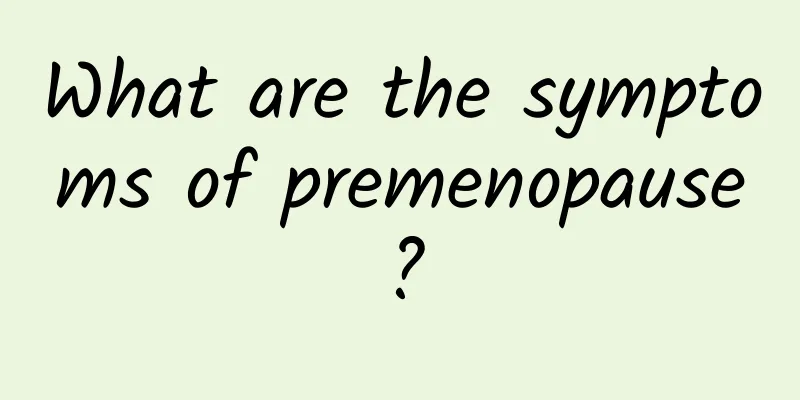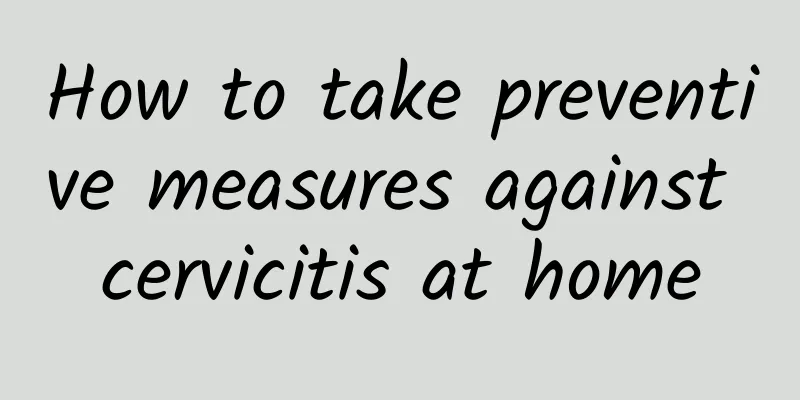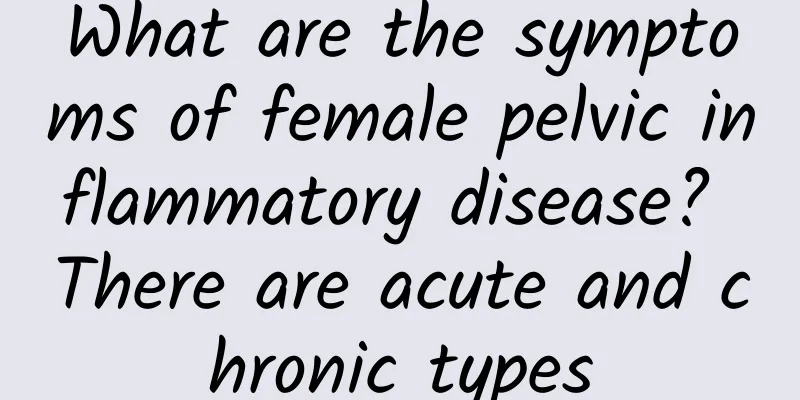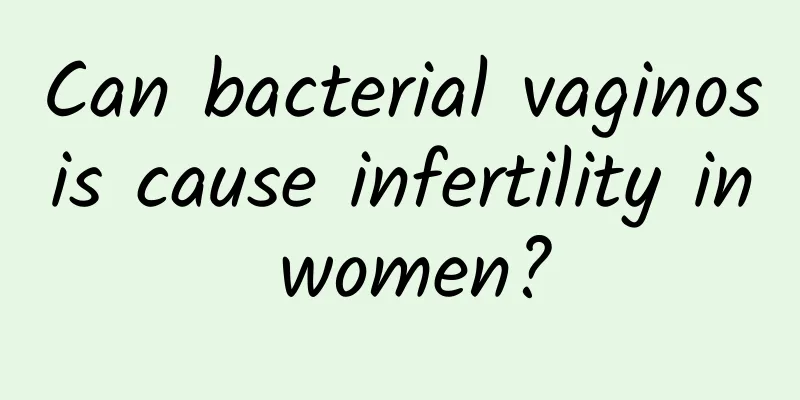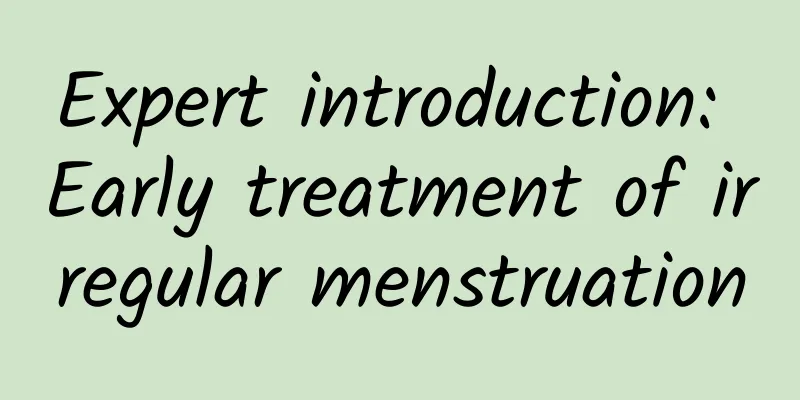What causes endometrial polyps? What is the best way to treat endometrial polyps?

|
Endometrial polyps are caused by excessive proliferation of the endometrium. They can occur at any age. They are a very common type of localized endometrial tumor that protrudes from the uterine cavity. They are smooth and fleshy. The pedicles vary in length. The longer ones can protrude outside the cervical os. Some pedicles are shorter. Smaller polyps generally have no clinical symptoms. Some polyps that protrude outside the cervix are discovered after bleeding during sexual intercourse. For those with longer pedicles, laser surgery can be used to remove them under direct hysteroscopy. Smaller polyps found at the same time can be treated together. Main symptoms: increased menstrual flow or irregular uterine bleeding. Polyps can be seen or touched at the cervical opening, and the uterine body is slightly enlarged. 1. Single: generally asymptomatic, less common. 2. Multiple, diffuse type: menorrhagia, prolonged menstruation, or irregular vaginal bleeding, vaginal bleeding after menopause. Giant polyps or polyps protruding from the cervix often cause secondary infection and necrosis, causing irregular vaginal bleeding and bloody secretions with a foul odor. It can lead to infertility. 2. Diagnosis occurs after puberty, and is common in women over 35 years old. The size and number of polyps vary, and they are mostly located in the uterine body. Polyps in the cervical canal can cause the cervical canal to dilate and prolapse from the external opening. 1. A history of acute or chronic endometritis. 2. Menstrual disorders occur, such as menorrhagia, prolonged menstruation, intermenstrual bleeding, dysmenorrhea, etc. 3. The uterus is normal or slightly enlarged, accompanied by symptoms such as lower abdominal pain, increased leucorrhea, and bleeding after sexual intercourse. 4. Primary or secondary infertility or a history of pathological pregnancy. 1. Inflammatory factors Women who suffer from gynecological inflammation for a long time are prone to uterine polyps, and long-term inflammatory stimulation will make the polyps grow larger and larger. 2. Endocrine disorders, especially high estrogen levels, are related. Estrogen promotes the development of the vagina, uterus, fallopian tubes and ovaries themselves, and the endometrium proliferates to produce menstruation. It can also promote the accumulation of subcutaneous fat, the retention of sodium and water in the body, and the deposition of calcium in the bones. Estrogen, whether it is secreted too much or too little, is not good, especially high estrogen, which may cause many cancers. 3. Pathogen infection is usually caused by childbirth, miscarriage, puerperal infection, surgical operation or mechanical stimulation, sexual intercourse damage to the cervix, and pathogen invasion and infection. 1. Keep exercising, strengthen your physique and improve your immunity. At the same time, keep an optimistic mood and pay attention to adjusting your personal mentality. 2. Pay attention to personal hygiene and menstrual hygiene, keep the vulva clean, and wear loose cotton underwear with good breathability. 3. Take contraceptive pills regularly. 4. Go to the hospital for gynecological examinations regularly, especially when there is vulvar itching and increased secretions and after surgery. 5. Actively treat gynecological inflammation after discovery, and perform surgery to remove endometrial polyps as soon as possible after discovery. General treatment 1. Hysteroscopy, endoscopic surgery and laser treatment for small polyps. (1) Bimanual examination to understand the location, size, shape, hardness, mobility, etc. of the uterus. (2) Use cervical clamps to clamp the anterior lip of the cervix, and use a probe to gently enter the uterine cavity through the cervical opening to detect the depth of the uterine cavity. (3) Use a uterine dilator to dilate the cervix to 6-6.5. (4) Adjust the hysteroscope limiter, insert the hysteroscope into the cervical canal, and slowly push it into the uterine cavity through the internal opening along the side of the uterine wall. Turn on the cold light source, open the water injection valve, and manually inject 5% glucose liquid into the uterine cavity through the pressurizer, and maintain the pressure between 18 and 22 kPa (130-160 mmHg). Find the exact location of the pedicle of the uterine polyp, insert the Nd:YAG optical fiber through the rubber cap from the hysteroscope biopsy channel, insert it into the root of the polyp under direct vision, output the laser, and adjust the laser output power according to the size of the polyp root. 2. For small focal or diffuse polyps, perform curettage and scrape all over, especially the uterine fundus and uterine cornu. 3. For larger, pedunculated polyps, which can be seen or felt in the lower uterine segment, remove the polyps by dilating the cervix, and then perform cervical and uterine cavity scraping. 4. For obvious bleeding, failure to eradicate, or frequent recurrence, consider hysterectomy. 5. Antibiotics should be given orally or intravenously after anti-infection surgery. Dietary therapy 1. Peach kernel porridge: 10g peach kernel, 30g polished rice. Mash the peach kernel into a paste, remove the residue and take the juice, use the juice to cook polished rice into a thin porridge, twice a day, eat warm on an empty stomach. Suitable for blood stasis and lumps. 2. Achyranthes bidentata wine: 1000g Achyranthes bidentata, 1500g wine. Seal and soak for a certain amount, and take warm according to your ability. It has the function of breaking blood and eliminating symptoms. 1. Drink more water and eat more fruits, vegetables, nuts, seeds, cereals, etc. Such as cabbage, celery, asparagus, spinach, cucumber, mushroom, winter melon, tofu, etc. 2. Eat more lean meat, chicken, eggs, quail eggs, grass carp, turtle, white fish. 3. Eat more blood-tonifying and kidney-tonifying foods, mainly neutral and warm foods, and avoid cold foods. 4. Meat should be broken into pieces before eating, and the best ratio of vegetarian food is 1:1. 1. Avoid hot, coagulant and hormone-containing foods, such as longan, red dates, donkey-hide gelatin, royal jelly, etc. 2. Avoid spicy foods and drinks such as chili peppers, peppercorns, raw onions, raw garlic, and white wine. 3. Avoid vegetables with cool properties, such as rapeseed, shepherd's purse, amaranth, kelp, cucumber, loofah, winter melon, eggplant, leek, bamboo shoots, and lotus roots, which are all cool in nature. It is better to eat less before and after menstruation, especially not raw. Avoid eating too fat meat. 4. Avoid sour and astringent foods, which can easily lead to blood stasis and should be avoided. Spicy and warm foods are conducive to circulation. 5. Avoid eating fat and greasy foods, which are not easy to digest. You can eat more light foods. |
<<: What causes ovarian cysts? Is ovarian cysts a serious disease?
>>: How can I regulate my menstruation after menopause? What are the symptoms before menopause?
Recommend
Can cervical precancerous lesions be cured?
Cervical precancerous lesions are curable, but th...
Experts teach you how to identify cervical erosion
When it comes to cervical erosion, many female fr...
How to differentiate functional uterine uterine fibroids from functional uterine uterine fibroids?
Xiao Ping had been planning to have a child, and ...
What are the signs that a medical abortion is completely successful? When is the best time to have a medical abortion?
If the medical abortion is completely successful,...
TCM syndrome differentiation treatment of vulvar leukoplakia is effective
Xiao Mei is 36 years old. She has had repeated sy...
Can Traditional Chinese Medicine Cure Hyperprolactinemia?
The concentration of prolactin in the blood is ma...
What are the precautions during painless abortion surgery?
Many women who are pregnant for the first time ha...
What causes lower abdominal pain in women?
Many women have uterine problems. The uterus is w...
Tomatoes are not only anti-aging, they also have 4 unexpected benefits! Nutritionists teach you 3 ways to get the most out of lycopene
Tomatoes are sweet and delicious, with thin and j...
What is the process of medical abortion and when is the best time for medical abortion?
Women can choose medical abortion before 49 days ...
What are the types of cervicitis?
The occurrence of cervicitis is related to sexual...
What are the symptoms of uterine fibroids? What are the treatment methods for uterine fibroids?
Uterine fibroids are a common gynecological tumor...
What should I do if I have uterine fibroids during pregnancy? How should I treat uterine fibroids during pregnancy?
Pregnancy: To see whether the fibroids grow large...
How to make sure the abortion is clean? Will there be bleeding if the abortion is not clean?
After an abortion, you can judge whether it is cl...
Is it normal to have brown discharge ten days after an abortion?
Is it normal to have brown discharge ten days aft...
